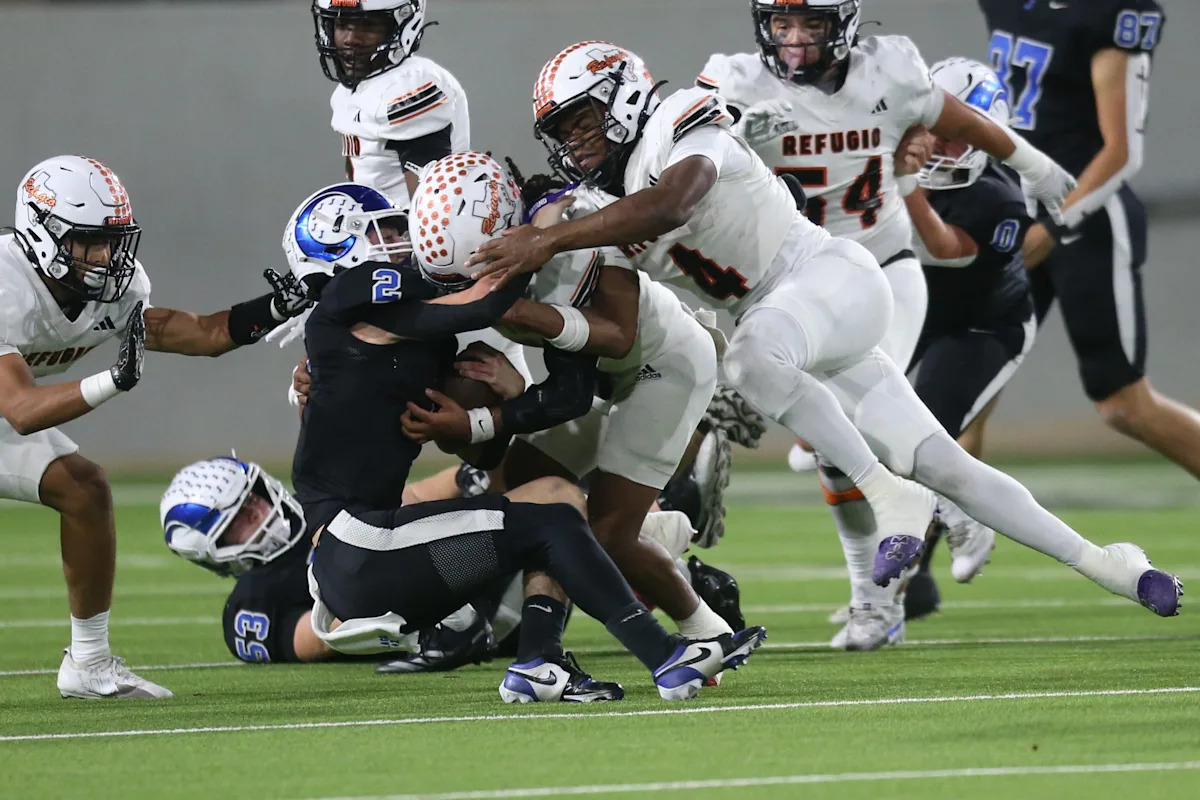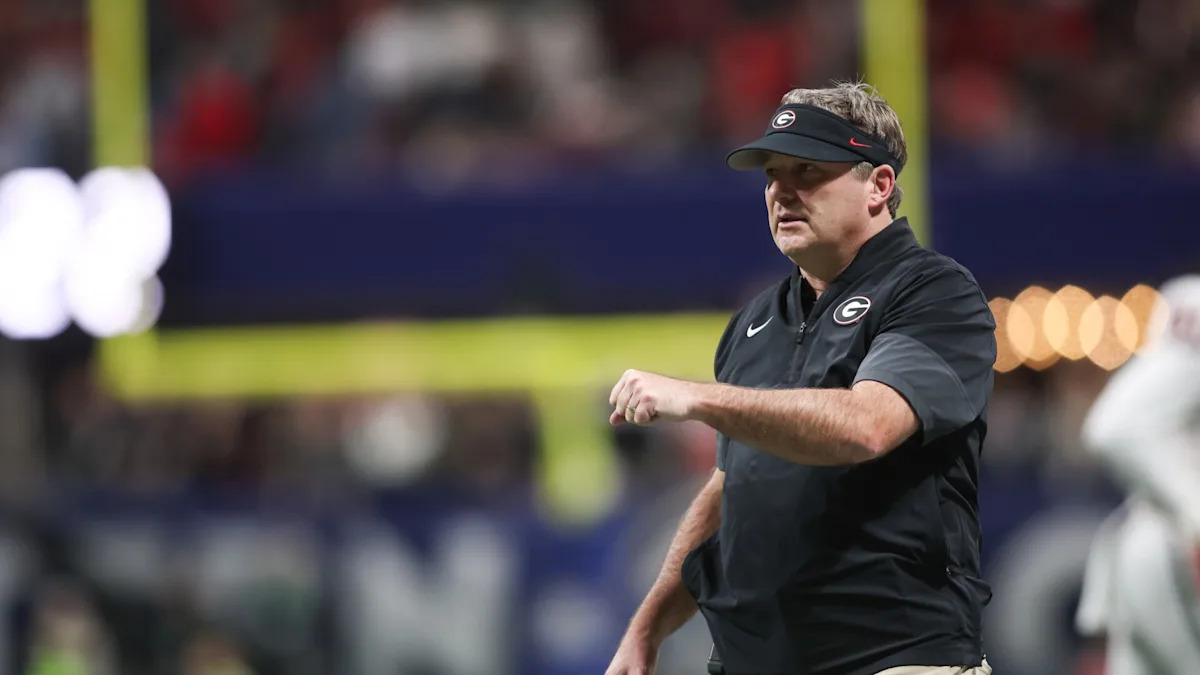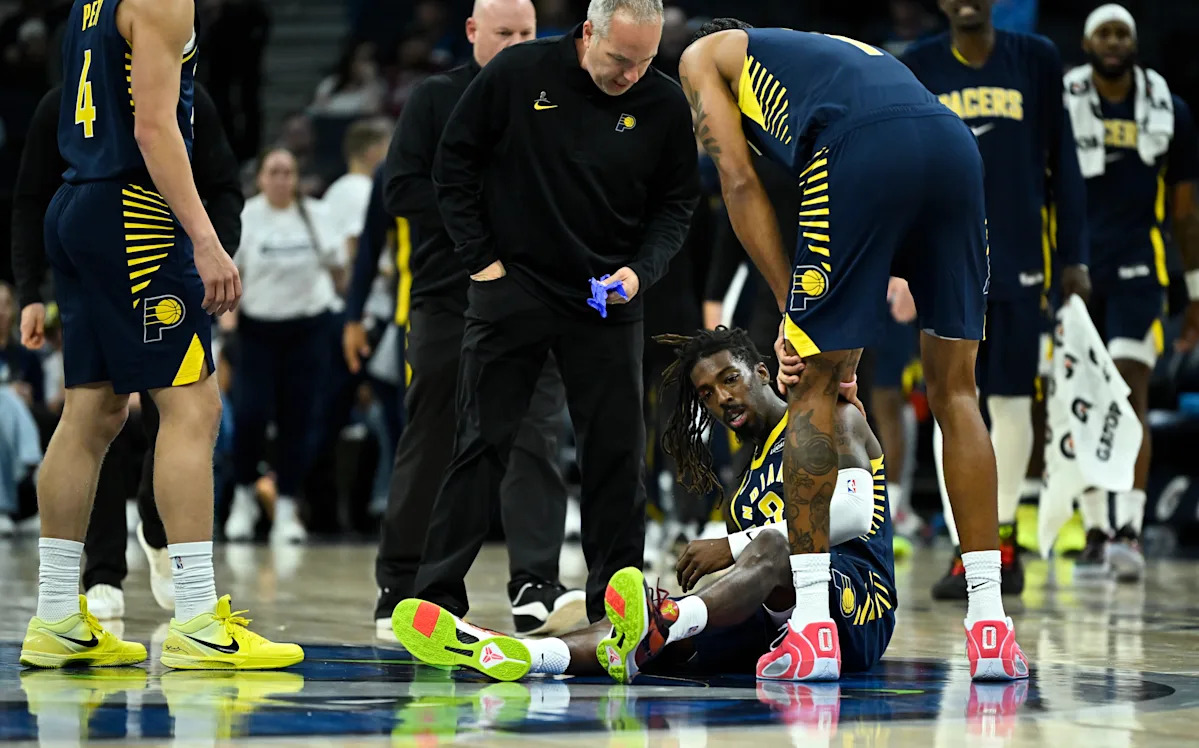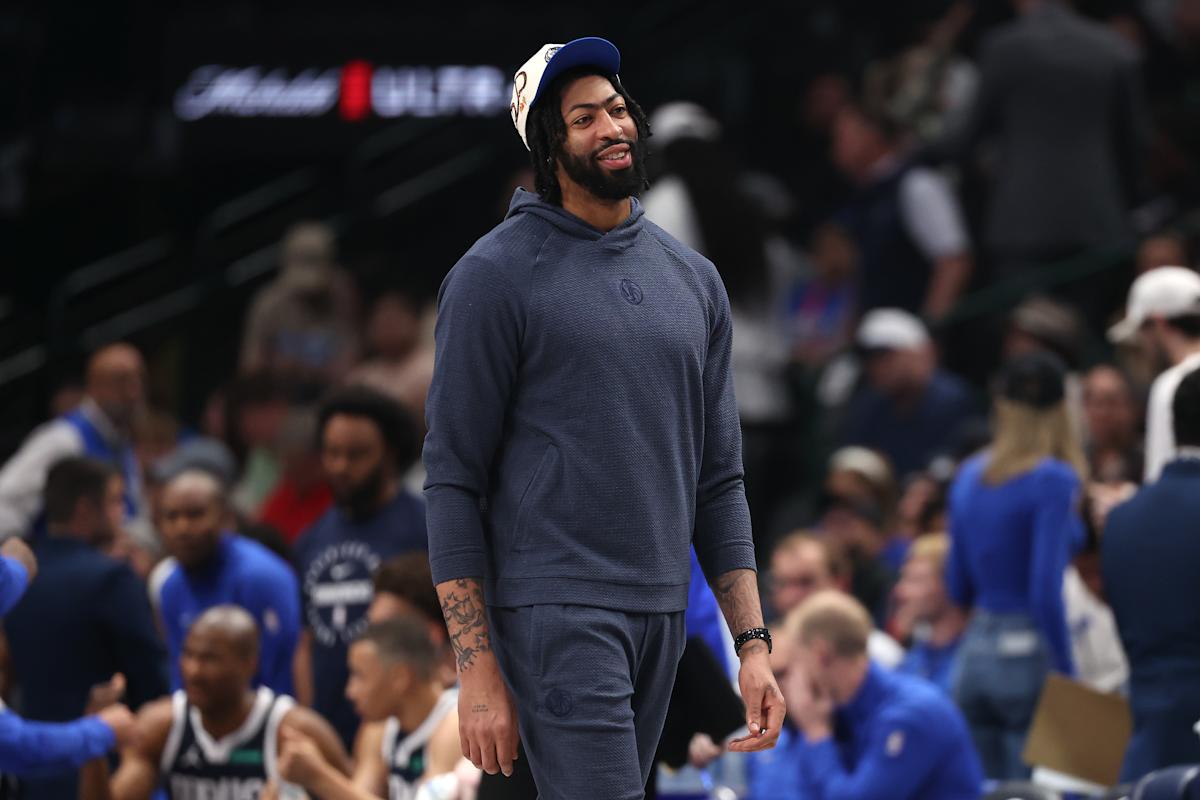Texas, Penn State, Clemson and Notre Dame. What do those four teams have in common? They were all ranked in the AP’s preseason top 10 but have now suffered multiple losses.
The damage extends into the rest of the preseason top 25 as well. South Carolina, Florida, SMU, Kansas State and Boise State were all ranked heading into Week 1 but are now just fighting for bowl eligibility.
If the first six weeks of the season have proven anything, it’s that preseason polls are a thing of the past. With the transfer portal and NIL, there are too many changes that occur within teams each offseason to accurately predict how they will perform in the fall.
Look at Virginia. Nobody had the Cavaliers on their radar in August, but quarterback Chandler Morris has them in the top 25 six weeks into the season. A transfer from North Texas, Morris ranks No. 19 in the FBS in passing yards (1,428), and he has turned Virginia into a surprising yet legitimate contender for the ACC title.
The American conference is another strong example. Much of the preseason hype in 2025 centered around Tulane, but Memphis acquired Nevada transfer Brendon Lewis. At quarterback, Lewis has led the Tigers to No. 23 and has them in position to claim the Group of Six’s playoff bid.
Certain programs and players also receive excessive amounts of hype, which leads people to believe those schools belong at the top of the standings. Clemson got plenty of attention due to seemingly having one of the most elite rosters. Lo and behold, the Tigers have struggled to execute on the field and rack up victories.
Texas quarterback Arch Manning was the hottest topic in the offseason, going as far as being deemed a top Heisman Trophy candidate, despite not playing any real competition yet. Unsurprisingly, Manning has made errant throws and has failed to get comfortable in the pocket.
2025 isn’t the only example of this dilemma. Utah began the 2024 season inside the top 15, only to produce a disappointing 5-7 campaign. In 2022, Texas A&M stood at No. 6 entering the season before finishing 5-7 too.
The league would be better off waiting until Week 3 or 4 to release the first rankings. By then, almost every team will have faced at least one formidable opponent or begun conference play, allowing the contenders to separate from the pretenders. As a result, the ranking system as a whole would become more respected than it is now.
No matter what, a solution is essential, because in today’s college football landscape, preseason polls mean nothing.























